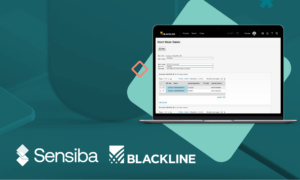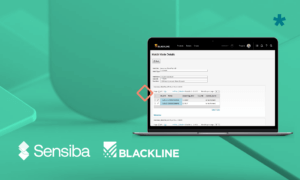Along with providing an infusion of capital to a growing company, going public brings strict financial reporting and compliance requirements that must be in place well before the offering.
To meet investor expectations for a timely closing and regulatory requirements to provide accurate disclosures, pre-IPO companies need to have the right people, processes, and technology in place to meet their needs as a public company.
Evaluate Finance’s Pre-IPO Team to Ensure They Are Ready
An important early step is assessing the skills and capabilities of the organization’s finance team. Management needs to be sure the team can meet the complex reporting and compliance needs of a public company, such as developing adequate internal controls and preparing accurate financial reports on a timely basis.
Financial planning and analysis skills are also critical since investors expect accurate forecasts about key metrics such as the company’s revenue, business outlook, net income, and operating cash flow. Being able to develop and share accurate forecasts is valuable in informing investors and avoiding potential surprises.
Hone Reporting Processes
Perhaps the most obvious difference between public and private companies is the requirement to report financial and operating results quarterly. The finance team must close the books and report the company’s results quickly and accurately. It will need to develop and follow an efficient, repeatable process.
At least a year before the offering, it’s important to schedule quarterly rehearsals of the reporting process as if the company were public. Practice the multiple steps in closing the books, preparing an earnings release, and holding a mock investor call. This ensures the company’s finance team and management are familiar with the process when they must disclose actual earnings after the offering.
Know How and What You Will Show to Investors
Another important part of the reporting process is establishing metrics to help management explain the company’s results to investors. Along with determining the most appropriate metrics, management should be ready to explain why they chose a specific metric and why it’s helping in understanding the company’s performance.
Similarly, the company will need to establish and document its internal controls, as well as the reasons behind the controls they create.
Implement Financial Management Tools
Another critical step in preparing for an IPO is upgrading the company’s financial tools to support these new reporting requirements and regulatory disclosures. Spreadsheets, for example, that may have been sufficient in the early stages of the company won’t allow the finance team and management to develop reports quickly. This will likely require manual workarounds (such as copying data between applications and reformatting documents) that take time and can introduce errors and delay the close process.
It’s more effective and efficient to implement a scalable financial management solution such as Sage Intacct that enables companies to automate the reporting process and general ledger entries, and to help the finance team close the books and prepare quarterly reports more rapidly and accurately.
Effective financial management will also provide management with daily visibility into the company’s revenue and treasury activities, and will offer data analysis and reporting tools to speed the closing process, offer insights into the company’s performance and trends, and support more strategic decision-making.
Does Your Pre-IPO Company Have What It Takes to Go Public?
Overall, pre-IPO companies must act as if they are public before the initial public offering. Creating and honing the company’s processes and technology tools will help it be better able to operate as a public company and be ready and able to meet strict disclosure requirements and satisfy investor expectations.
For more information on preparing for IPO with Sage Intacct, reach out to our team for a consultation and demo.
















